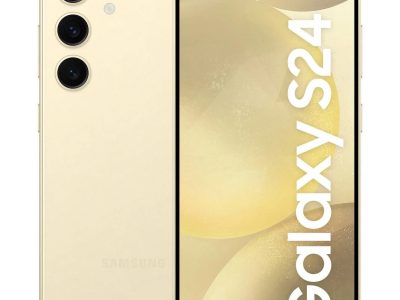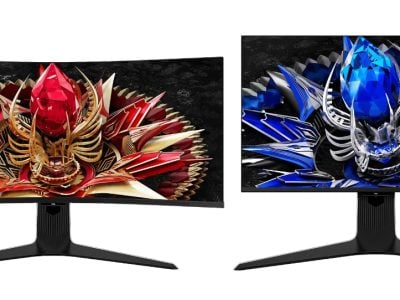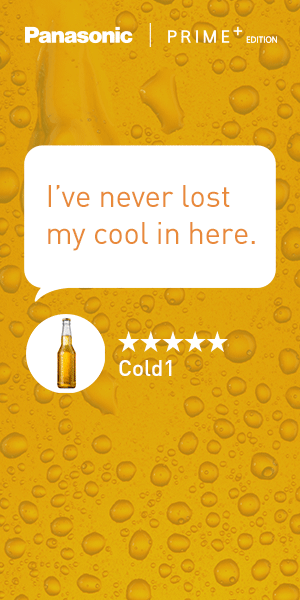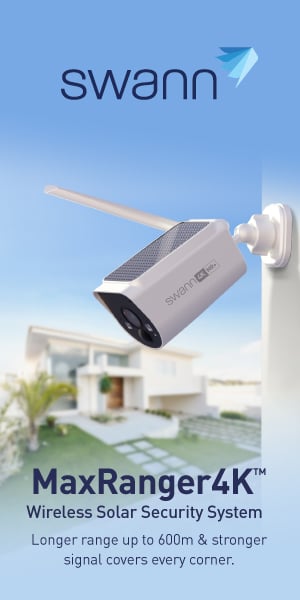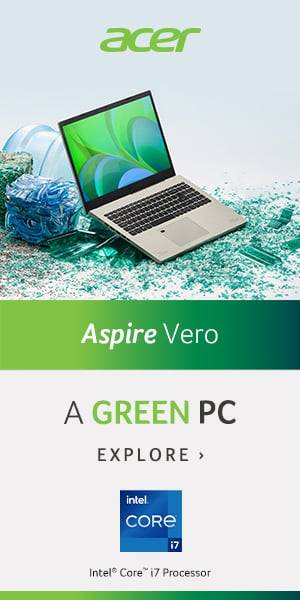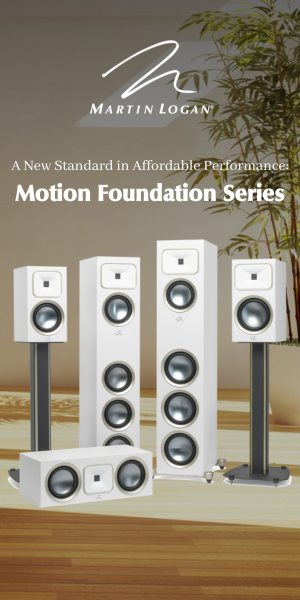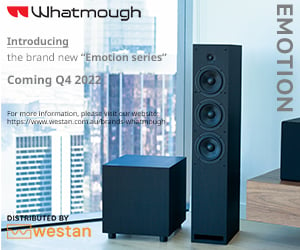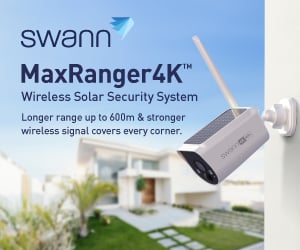TCL 10 Pro Review: Flagship Display, Midrange Price
TCL’s 10 Pro midrange smartphone has hit the Australian market, and the world’s second-biggest TV manufacturer has delivered with a crisp and gorgeous LCD screen.
TCL, best known for making televisions, was a late entrant onto the smartphone stage, only launching its first model – the TCL Plex – last year. Its follow-up 10 series is targeting a range of price points, with the Pro sitting between the 10L and 10 5G at $749, placing it in competition with Apple’s new 2020 iteration of the iPhone SE.
Running Android 10, the dual-SIM 10 Pro packs in a Snapdragon 675 processor, 6GB of RAM, and a 4500mAh battery that should last you at least a full day with standard use. A step up from the 10 Plus model, the Pro also features 128GB of expandable storage.
The phone’s most noticeable feature – as can be expected – is its display, which is made in-house at TCL rather than bought off the shelf. As a TV manufacturer, TCL ought to know how to make a decent screen, and the Chinese company has proven its mettle with a 6.47-inch FHD+ curved AMOLED display that boasts a 2340 x 1080 resolution, working out to 398 pixels per inch, and a 19.5:9 aspect ratio.
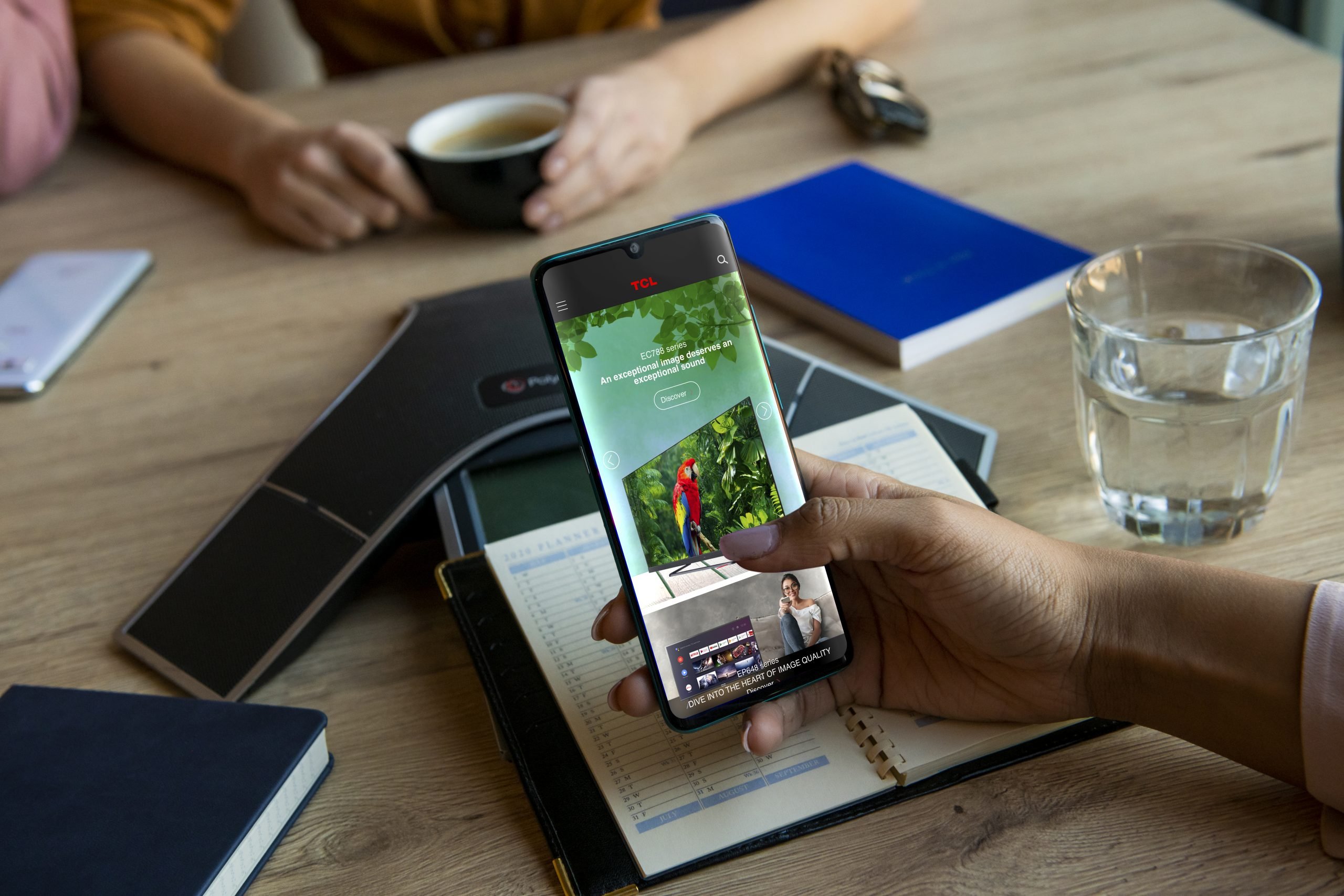
The TCL 10 Pro’s display, made in-house, is comparable to flagship quality.
To power up this display, TCL has added its proprietary Nxtvision software, which offers a range of colour, contrast, and clarity enhancements including real-time conversion of SDR to HDR and has earned the phone HDR10 certification.
There’s definitely a noticeable difference between having Nxtvision on and off – when on, the screen is brighter and crisper, with more vivid colours and sharper edges; there are also options for Nxtvision such as “reading mode”, which casts the screen in a warm amber tint to (so TCL says) make the reading experience as comfortable as an e-book reader.
It’s a fantastic screen, punching well above its price point, and comparable to the ones you’ll get on flagships – so if display quality is one of your sticking points, you won’t be missing out if you pick this one up instead.
The 10 Pro – impressively for a midrange phone – packs in five cameras: one 24-megapixel front-facing camera in a teardrop notch at the top of the screen, and a 64-megapixel four-camera array on the back. As an added plus, the array is completely flush with the phone’s surface.
The cameras themselves take decent pictures and video, with a variety of modes including auto, super macro, panoramic, and stop-motion – but as a heads up, you’ll probably want to turn off the watermark that appears by default on all your shots (thankfully, the option is right there in the camera app’s Settings menu, but I question who would actually want it on their photos in the first place).

The four-camera array takes decently crisp images. Note the watermark, which can be turned off in settings.

Taken in the evening, with the camera’s normal settings.

Taken at night, under Super Night Mode.
On the software side, the 10 Pro’s user interface is simple and unobtrusive, and the company has –probably wisely – opted to use Google’s stock apps for most features (such as calendar, contacts, messaging, and phone) as opposed to developing its own proprietary ones.
Conveniently, the phone lets you choose whether to use an app drawer or store all apps on the home screen, which I suspected could help iPhone converts ease into the system. To test this theory out, I handed it over to my fiancée, who has used iPhones all her life and hates Android for being “too confusing”.
She reported that this is one Droid she’d actually be inclined to buy, perhaps over the new iPhone SE: she gave a thumbs-up to the headphone jack, the chance to break free from the closed Apple ecosystem, and the UI, which she described as “the least confusing Android she’s ever used” – though she did lament the lack of a physical home button, which are a dying breed anyway among smartphones of all stripes. While she still preferred the iOS layout, she said that, given time, she could see herself growing accustomed to and liking the 10 Pro’s UI.
For those of us who do like app drawers, the 10 Pro’s offers one more option that I never knew I wanted on my own phone until I saw it: whether to sort apps alphabetically or by category (for example, media, games, news, and so on). I’d love to see functionality like this on the Samsung flagship I use in my daily life, where I still have to manually sort different categories of app into folders – though the option to sort by icon colour, while admittedly interesting, is one I can probably survive without.

The TCL 10 Pro’s rear camera array sits flush with the surface.
A programmable smart key on the left-hand side is reminiscent of Samsung’s Bixby key (but without the associated baggage of, well, Bixby), and can be set with options including activating and deactivating Nxtvision, opening the camera app, and launching Google Assistant. There are three programmable slots – single press, double press, and long press – for added convenience.
Other handy features include a 3.5mm headphone jack on the top of the phone (which are lamentably becoming an endangered species among the flagships), as well as an IR blaster, another holdout from a simpler time, which will allow you to use the 10 Pro as a TV remote. Similarly to many flagships, it also includes an under-screen fingerprint scanner, which by all accounts does the job nicely enough.
Audio quality is decent, with a single speaker on the bottom of the phone providing serviceable sound – sure, it’s not top of the line, but it gets the job done in those odd situations where you don’t want to just use the headphone jack.
Like its little brother, the TCL 10L, it features “super Bluetooth”, which allows it to connect to up to four Bluetooth speakers at once. As an added bonus, the phone also ships with a free case – handy if you don’t have the time or money to go looking for one separately, and it shows that TCL is a fan of keeping its product safe.
One caveat is that, if you’re after a 5G-compatible phone (as new as they still are), you won’t find it in the TCL 10 Pro. The manufacturer does offer a pricier 5G option, but the Pro itself remains 4G – still perfectly serviceable, if you’re not after the most blistering speeds available.
It also lacks a few of the features you’ll find on flagships, such as wireless charging, and the Snapdragon 675 processor isn’t as powerful as some enthusiasts might like; on the other hand, you won’t get a flagship processor at a mid-range price anywhere, and budget-conscious customers for whom processing power isn’t a concern will be hard-pressed to notice or mind the difference.
Conclusion
Overall, this phone is a solid choice for an upper-midrange smartphone, with a design that will make you think of a flagship and a screen to match (not to mention some features that are rapidly disappearing from flagships, such as the 3.5mm headphone jack and IR blaster). Its simple UI also makes it a good option for lifelong iPhone users thinking of jumping ship. Perhaps with a bit more convincing, my fiancée might end up being among those taking the plunge…
RATING: 9/10
The TCL 10 Pro is available from JB Hi-Fi in Ember Grey and Forest Mist Green for $749.












